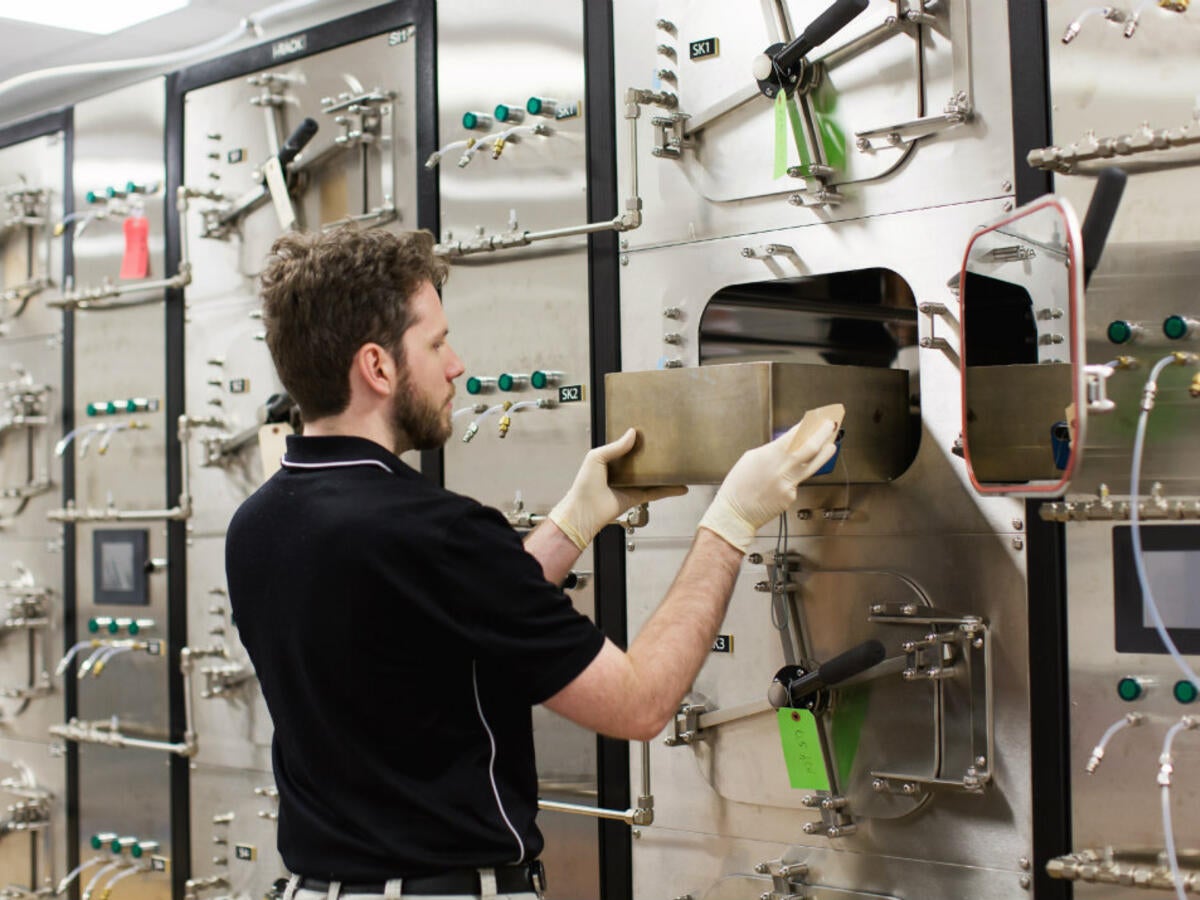Overview
ASTM D5116 and ASTM D6670 guidelines are considered best practices in the industry and can be used for a variety of applications. The ASTM D5116 guidelines apply to testing representative samples in a small chamber, typically about 90 liters, and ASTM D6670 applies to testing complete product samples in full-scale environmental chambers.
Because product emissions testing and exposure modeling is an ever-evolving science, the ASTM guidelines serve as building blocks for developing new and innovative product emissions testing. Innovative test development may be required when testing exposure levels for certain products and services where no proven standard exists. Additionally, if you are receiving customer complaints about a product’s odor, an assessment may be required to identify potential sources. When customized product emissions testing is required, we use ASTM D5116 and ASTM D6670 to serve as the foundation for our test development methods.
Benefits
The burden to understand and mitigate health risks and consumer complaints associated with chemical emissions is placed on you, the manufacturer of these products. That can be challenging, especially if chemical emissions testing is not your area of expertise. Fortunately, we’ve made it ours. We’re uniquely qualified to conduct specialized product emissions testing for the most complex cases, from risk assessment, to odor source identification to green label compliance. We can serve as your trusted resource for understanding the risks, regulations and benefits of emissions testing while guiding you through the entire compliance process.
Why UL Solutions
Having built a proprietary database of chemicals, sources and toxicology thresholds to help you develop products that have a lower impact on indoor air quality, we consider ourselves a pioneer and trusted resource in environmental chamber testing. With over a century’s worth of knowledge and expertise, we are uniquely qualified to help you solve your most critical challenges. Our team knows how to develop and conduct specialized product emissions testing and we have the capabilities to innovate when no other standards exist. That’s how we confirm compliance, enhance sustainability and deliver quality to our customers around the world.
Related standards
-
UL 2818 GREENGUARD Certification Program for Chemical Emissions for Building Materials, Finishes and Furnishings
-
UL 2819 GREENGUARD Certification Program for Chemical and Particle Emissions for Electronic Equipment
-
UL 2820 GREENGUARD Certification Program for Chemical Emissions for Cleaners and Cleaning Maintenance Systems
-
ASTM D5116
-
ASTM D6670
-
ISO 16000-9
-
ISO 28360
Get in Touch
Let us know how we can help.




